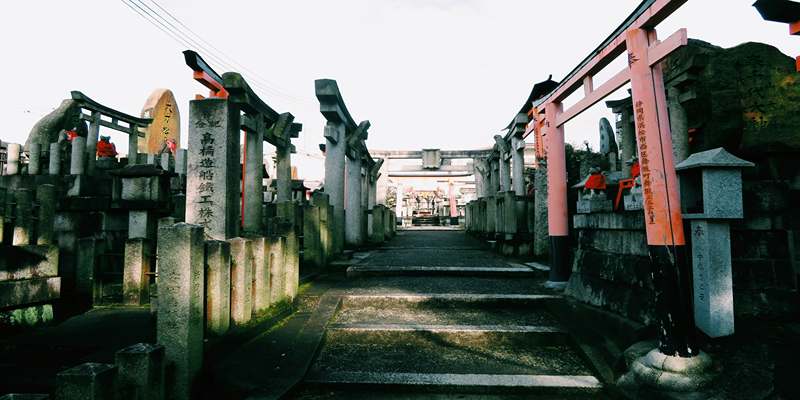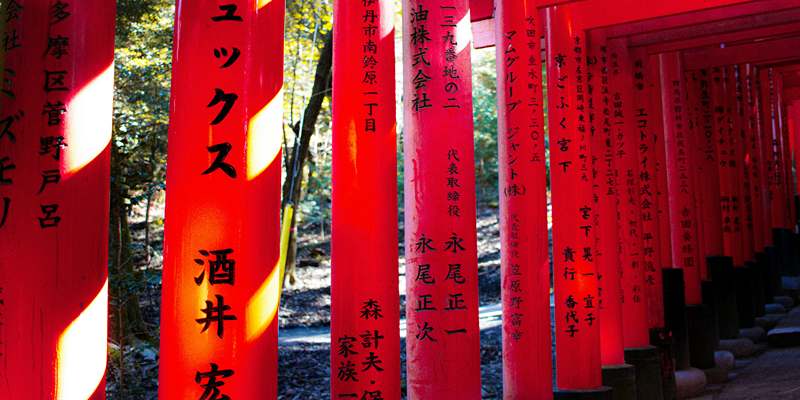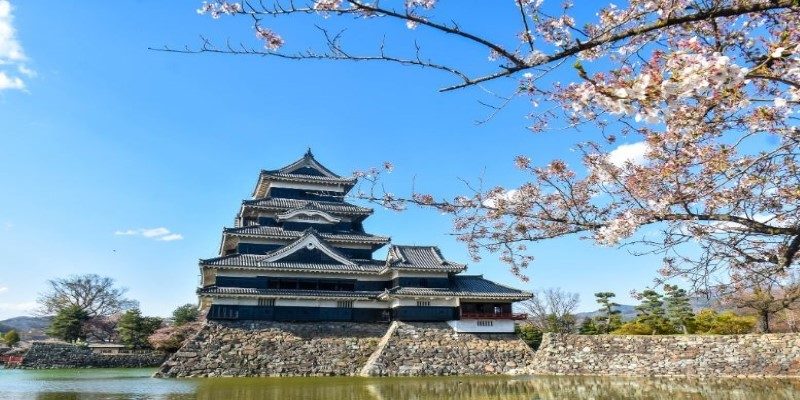In 2025, the shrine remains a center for attraction for tourists from all over the world due to the history, culture, and natural features that surround it. The Inari Trail, which passes through the torii gates, will help to plunge those who want to get acquainted with the Shinto culture and unique views of Japan. Regardless of the purpose of visiting the site, whether to get an insight into cultural importance, for a walk, or for a photo shoot, Fushimi Inari Shrine is a noteworthy site to visit in Kyoto.

Understanding the Shrine
The Significance of the Shrine
Fushimi Inari Taisha, a shrine for the Shinto deity of rice and agriculture, has existed as a place of pilgrimages for more than a thousand years. The primary attraction of the shrine is a vast number of Torii gates that people and companies built to get the favor of Inari. It is a significant religious place not only in Kyoto but in the whole of Japan. People go to pray and to wish, as well as to enjoy the calmness and quietness. Thus, the importance of Fushimi Inari Shrine goes far beyond the aesthetic appearance it looks like; it has a rich religious context of Shintoism.
The History and Origin of the Torii Gates
The beautiful torii gates of Fushimi Inari Shrine are one of the symbols of the shrine; each of these gates was erected to mark a donation made in honor of Inari. It has now become a symbol of Japan, the gates called “Senbon Torii,” which means thousand torii gates. Torii gates have been placed outside Inari shrines since the eighth century and most feature the donor’s name. Thus, over the course of time, the torii gates have turned Fushimi Inari Shrine into a vivid embodiment of faith, prosperity, and thankfulness. Due to the number of these gates, it becomes very fascinating to visit the shrine.
Shinto Practices at Fushimi Inari Shrine
Fushimi Inari Shrine is a working shrine, and tourists will be able to witness Shinto rituals. Tourists visit this site for the purposes of prayers, clapping hands, and making various wishes. The red color of the torii gates and the holiness of the place make the site more religious.
Exploring the Thousand Torii Gates
The Inari Trail and Its Scenic Pathways
The Inari Trail, a winding path through the torii gates, takes visitors on a scenic hike up Mount Inari. This 2- to 3-hour journey offers breathtaking views of Kyoto and the surrounding mountains. As you walk through the rows of torii gates, the atmosphere becomes increasingly mystical, with the gates creating a stunning visual effect. The hike is both a spiritual and physical experience, offering moments of peace and reflection while connecting with nature. Many visitors choose to take this trail to appreciate the grandeur and tranquility of the area.
Key Highlights Along the Trail
As you walk along the Inari Trail, you’ll encounter several key landmarks that add to the spiritual journey. One notable feature is the small shrines dedicated to various deities of Inari. There are also numerous statues of foxes, the messenger of Inari, positioned throughout the trail. These fox statues are believed to be symbolic of protection and guidance. At various points along the trail, you’ll come across resting areas with panoramic views, providing perfect spots for photos and reflection. The ascent to the summit rewards visitors with spectacular views of Kyoto city.
Tips for Walking the Inari Trail in 2025
In 2025, walking the Inari Trail can be an unforgettable experience if prepared properly. Wear comfortable shoes, as the trail involves uneven steps and steep sections. Consider bringing water and snacks, especially if you plan to complete the entire trail. While the hike is accessible for most, it can be physically demanding, so pace yourself. For a more spiritual experience, take the time to stop at the smaller shrines along the way and participate in simple rituals, like offering prayers.

Visiting the Shrine in 2025
When to Visit
To enjoy a more peaceful visit to a popular shrine in Kyoto, it’s recommended to go early in the day or later in the afternoon when foot traffic is lighter. Weekdays and off-peak seasons, such as winter, generally offer a quieter atmosphere for exploring. Although the site welcomes visitors throughout the year, the surrounding natural scenery is especially striking during spring and autumn, when seasonal changes bring colorful foliage or blooming flowers. Choosing the right time to visit can greatly enhance your overall experience and allow for a more relaxed journey.
Accessibility and Getting There
Fushimi Inari Shrine is easily accessible from Kyoto Station, with a short train ride to Inari Station. The shrine’s location at the base of Mount Inari makes it easy for visitors to walk directly into the grounds. For those traveling from the city center, there are also buses that stop near the shrine entrance. The site is wheelchair accessible, though the trail may present some challenges for those with mobility issues.
Cultural and Spiritual Experiences at Fushimi Inari
Participating in Shinto Rituals
Visitors to Fushimi Inari Shrine can participate in traditional Shinto rituals, such as offering prayers at the main shrine or purchasing omamori (protective charms). These rituals offer a meaningful way to connect with the spiritual energy of the shrine and seek blessings for personal or professional endeavors.
Exploring the Surrounding Area
The area surrounding Fushimi Inari Shrine is rich with cultural experiences, from local shops selling Inari-related souvenirs to small cafes offering traditional Japanese tea. You can also explore nearby historic sites and temples, making the shrine visit part of a larger cultural journey through Kyoto.
Conclusion
Fushimi Inari Shrine in Kyoto continues to be one of Japan’s most revered spiritual sites in 2025, attracting visitors with its historical significance, stunning torii gates, and scenic trails. Whether you’re hiking the Inari Trail, participating in Shinto rituals, or simply appreciating the shrine’s beauty, Fushimi Inari offers a unique cultural experience. As one of the most iconic landmarks in Kyoto, it remains a must-visit destination for anyone seeking to explore Japan’s rich spiritual and cultural heritage.










